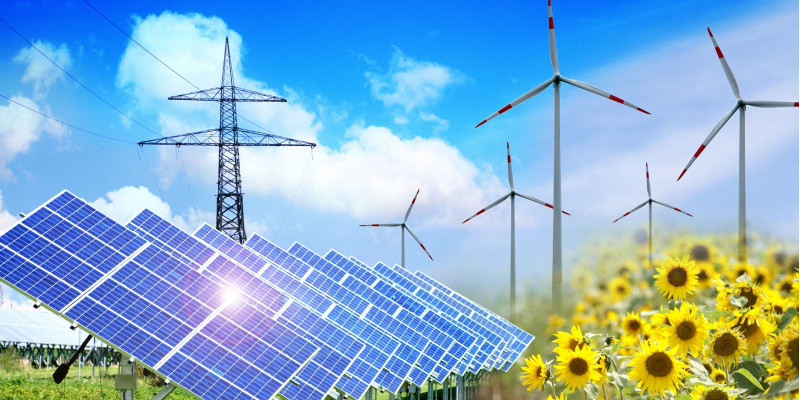The EC‘s communication „A Clean Planet for all - A European strategic long-term vision for a prosperous, modern, competitive and climate neutral economy“ to the European Parliament, the Council, the European Economic and Social Committee of the Regions and the European Investment Bank is a strategic vision on the EU’s contribution to the implementation of the Paris Agreement.
The communication does neither endorse a legislative proposal nor a new emission reduction target for 2030 and any new policy instrument. However, in the context of the special report of IPCC on the 1.5C limit and the required stabilization of the climate the EC states clearly, that the EU should be at the forefront of countries in the fight against climate change.
Underlying scenarios to provide further information in the upcoming debate are based on a largely exploitation of techno-economic potentials to mitigate greenhouse gas (GHG) emissions. Five of these scenarios, based on electrification, energy efficiency, hydrogen economy, Power-to-X, and circular economy achieve a 80 % GHG reduction in 2050. In a further scenario a cost-effective combination of these approaches achieves a 90 % GHG reduction in 2050. Based on these two further scenarios, additional measures (CCS/BECCS or life style changes) achieve a net-zero GHG emission in 2050.
The German Environment Agency (Umweltbundesamt, UBA) has submitted its position on the new EU long-term climate strategy within the EU-wide consultation in October 2018.
This factsheet has been recently worked out for the German Environment Agency within a research project on the Commission’s communication on the new EU long-term climate strategy.
 Click to enlarge
Click to enlarge
